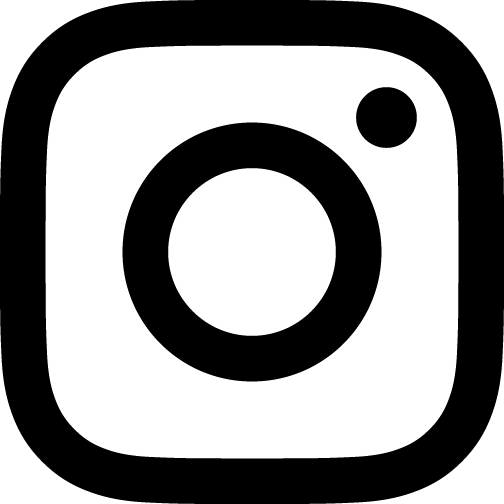Laboratorium
Laboratorium is the experimental lab for art/design and biotechnology at KASK / School of Arts Ghent. As a biolab in art and design, it focuses on exploring different interactions between art, science and technology.
The lab is located at the Media Arts Studio of KASK, neighboring the Formlab. The Formlab is offering high-end tools and support for 3D additive technologies. Establishing links between the realms of biotechnology and 3D printing is one of their main key interests.
If you are interested in participating or using our facilities, send us an email
Lab team
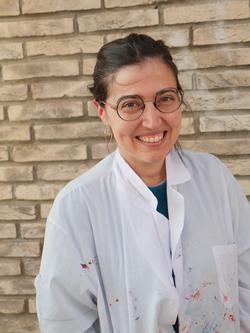
María Boto is a scientific researcher at KASK/School of Arts of University College Ghent, where she is responsible for Laboratorium: the experimental lab for art/design and biotechnology of KASK. Her main research interest is on the search for alternative and sustainable coloring materials to be applied in the fields of art and design. send email

Heleen Sintobin is a designer who holds a deep appreciation for craft practices and the mastering of technique. She is inspired by ancient and future making methods. In her current work she is exploring the future of crafts in the digital age. She is also a design researcher at Laboratorium, biolab of KASK and a lecturer at Autonomous Design in KASK.send email
Previous members of the biolab
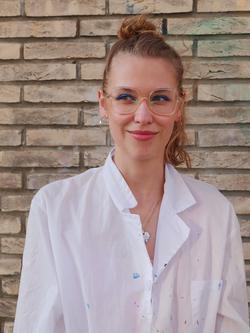
Camille Wouterson studied visual arts at KASK (Gent). She graduated in 2020 with a bachelor’s degree in Textile Design at KASK. She challenges herself and others to climb over our own walls to truly connect, and explore unknown territory. Camille wants to create Awareness and reflectiveness using many different approaches ranging from creating with others to researching in a scientific lab. She always does this with a playful and light attitude.Check her work
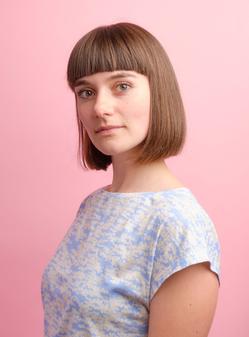
Vanessa I. Müller is an interdisciplinary designer. She studied at the Free University of Bolzano, Italy, art and design. Since her MA program in Autonomous Design at KASK, she got in touch with the interplay between science and design and experiments with living organisms, such as fungi, bacteria, bees and their behaviour. Ever since, she works as a visual designer and artist with the focus on branding and creative strategy.More info
Anatomy of the Laboratorium: a manifesto
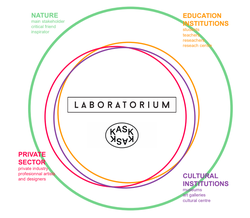
LABORATORIUM questions and initiates conversations around the combination of artistic and scientific practices, with a special interest in colour. It takes advantage of its unique position to reach different stakeholders within the creative and scientific sectors. The lab's methodology combines hands-on making in which scientific and experimental methods blend from a sustainable perspective.
We identify 3 phases which are crucial for the lab to operate:
ACTIVATION: We are intrinsically curious about colour coming from nature and investigate how the lab can explore and link between nature and colour, reducing environmental impact in the context of art and design. Hands-on research through making goes hand in hand with constructing a theoretical framework.
IMPLEMENTATION: biolab accommodates and facilitates hands-on research to help finding practical applications (design) and materialising artistic concepts (arts). In this iteration, the process of application and making, and the theoretical and practical research are questioned and refined.
INNOVATION: Biolab has established itself as an expertise centre in colour, in which innovation is key. The innovative research naturally finds its way back into the activation and implementation phase.
Laboratory
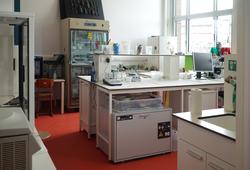
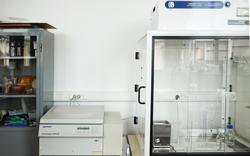
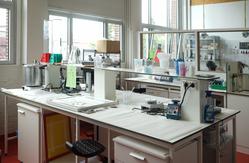

The laboratory is located in the Media Department (Offerlaan 5) of the School of Arts. The space offers the following facilities to be students and collaborators:
microscope // incubator // centrifuge // fridge // frezeer // oven // autoclave // orbital shaker // distillation system // heating plates // safety cabinet // fume hood
Algae
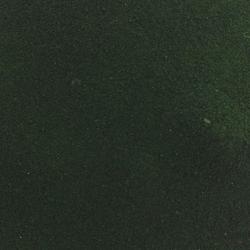
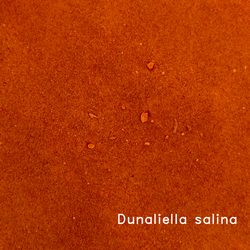
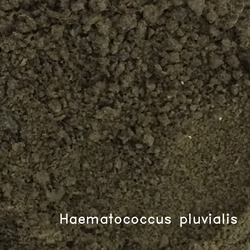
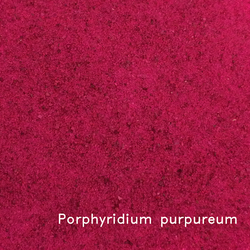
Algae available in the laboratory are listed here. To find out more about algae, growing mediums and applications go to the colour database.
Chlorella vulgaris // Dunaliella salina // Haematococcus pluvialis // Nannochloropsis // Porphyridium purpureumv // Isochrysis galbana // Fucus vesiculosus // Microchaete diplosiphon
Bacteria

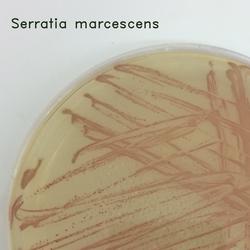
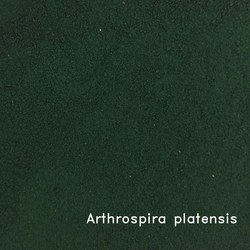
Bacteria available in the laboratory are listed here. To find out more about bacteria, growing mediums and applications go to the colour database.
Bradyrhizobium sp // Streptococcus agalactiae // Streptomyces coelicolor // Janthinobacterium lividum // Serratia marcescens // Arthrospira genus
Plants
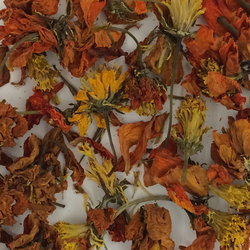
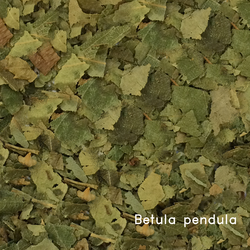
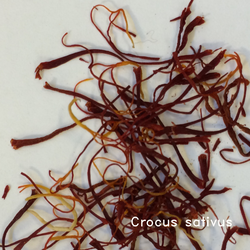
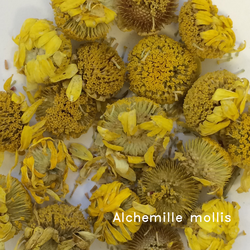
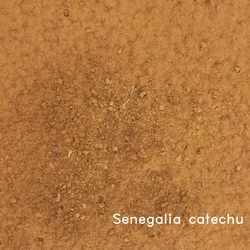
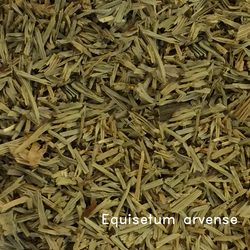
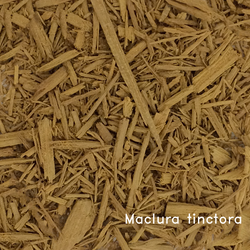

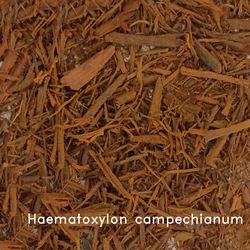
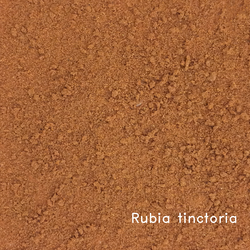
Plants available in the laboratory are listed here. To find out more about plants, growing mediums and applications go to the colour database.
Alkanna tinctoria // Reseda luteola //Berberis aristata // Betula pendula // Cladonia genus // Cosmos sulphureus // Equisetum arvense // Evernia prunastri // Frangula alnus // Genista tinctoria // Haematoxylon campechianum // Maclura tinctora // Parastrephia lucida // Persea americana // Rubia tinctorium // Sambucus nigra // Senegalia catechu // Solidago virgaurea // Sophora japonica // Arctostaphylos uva-ursi // Anthemis tinctoria // Hypericum perforatum
Others
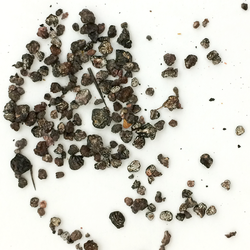
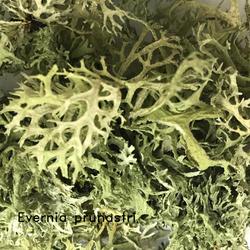
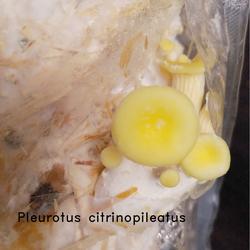
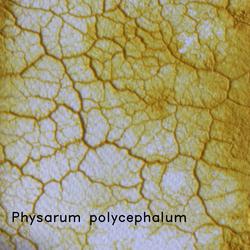
Others organisms as fungi, lichen or insects are listed here. To find out more about them, growing mediums and applications go to colorlab.
Chlorociboria aeruginascens // Pleurotus // Dactylopius coccus // Evernia prunastri // Parmelia and Flavoparmelia genus // Usnea genus // Xanthoria parietina // Bolinus brandaris // Physarum polycephalum
Acknowledgments
This project is possible thanks to the collaboration and support of a great number of people:
School of Arts, KASK (HoGent): Bram Crevits, Dirk Van Gogh, Diane Steverlynck, Kristof van Gestel, Wim De Temmerman, Clara Vankerschaver, Katrien Vuylsteke, David Depestel, Elias Heuninck, Hendrik Leper, Jerry Galle, Anouk De Clercq, Joost Rekveld, Jasper Rigole, Christiane Högner, Liselotte Van Dael, Erwin Wittevrongel, Peter Baekelandt, Michiel de Cleene, Katia Ballegeer, Curatorial studies, Open Design Course, Liene Aerts, Thomas Jansenss, Sabine De Cock, Greta De Brauwer, Dries De Wit, Herlinde Van Langenhove.KASK students and "Art+Science+ Technology interactions" seminar participants. Special mention to Vanessa Müller and Hamer Körmeling. Beekeepers: Traudi Helmberger, Hassan Karam.
Ghent University (UGent): Dr. Stijn Van Hulle, Dave Manhaeghe, Larissa T. Arashiro (Vakgroep Groene Chemie en Technologie, LIWET-Laboratorium voor Industriële Waterbehandeling en Ecotechnologie, UGent), Dr. Marta Calatayud, Dr. Tom Van de Wiele (Laboratory of Microbial Ecology and Technology (LabMET), UGent),Dr. Matthew Shawkey (Evolution and Optics of Nanostructures, Department of Biology, UGent), Dr. Víctor Cárdenes, Dr. Johan De Grave (Vakgroep Geologie,Onderzoeksgroep Mineralogie en Petrologie (MINPET), UGent), Dr. Annemieke Verbeken, Nathan Schoutteten (Research Group Mycology, Department of Biology, UGent), Dr. Wim Vyverman, Dr.Céline Allewaert (Research Group Protistology and Aquatic Ecology, Department of Biology, UGent), Dr. Michael Tytgat (Dept. of Physics and Astronomy, UGent).
Sarah Magnan, Gijs de Heij (Open Source Publishing), Laurence De Craene (Industriemuseum, Stad Gent), Tine Vervaet (Stad Gent), Juan Luis Font (University of Seville), Dr. Christine Mohr and Domicele Jonauskaite (Colour experience research group, University of Lausanne), Dr. Mari Uusküla (Tallinn University), Dr. Nathan C. Gianneschi, Dr. Ziying Hu (Departments of Chemistry, Materials Science & Engineering,and Biomedical Engineering Northwestern University), Dr. Ali Dhinojwala (Akron University), Arnau Serra, Daniel González and Juan Antonio Boto.
Artists who collaborated: Kars and Boom, Sina Hensel, Peter Beyls, Pepa Ivanova, Zeger Reyers, Paula Pin, Susana Cámara, Inés Cámara, Wabi labo.
Organizations: Industriemuseum, MUSAC, Reagent, ELISAVA (Pompeu Fabra University), Mycelia, Universidad de Murcia, NHM Londres, Nuances de plantes, Huis Van Kina, Tuin Van Kina, Mycelia, Design Museum Ghent, DOK, Handmade in Brugge, Open Structures and ICA Belgium.
Exhibition curators: Alice Lefebvre, Bert Puype.
Design: Open Source Publishing (Sarah Magnan & Gijs de Heij). This publication has been generated fromthe webiste of the project laboratorium (www.laboratorium.bio) with pelican and a Pythonscript. All the files are available atwww.osp.kitchen/work/colorlab/. Part of this publication has been plotted with living colors derived from the Color Biolab research project of Maria Boto Ordóñez and Kristel Peters within KASK Laboratorium.
The Color Biolab project is funded by the Arts Research Fund of University College Ghent.
